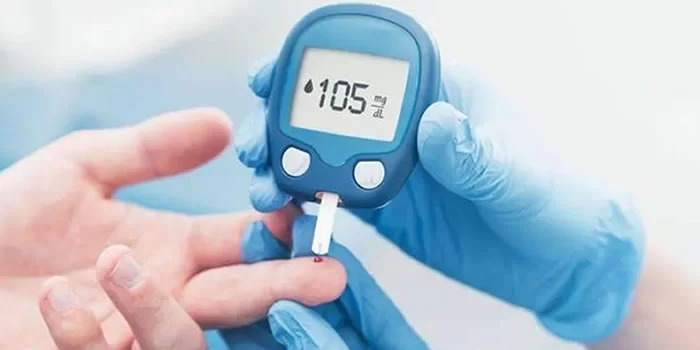
In the human body, energy metabolism mainly relies on the tricarboxylic acid cycle, which uses D-glucose as an energy substance. In the long-term evolution, the human body has formed a sophisticated and specific biological system that recognizes and metabolizes glucose molecules. With the improvement of people's living standards, diabetes, the "silent killer", has seriously endangered people's health and brought a heavy economic burden to society. Frequent blood glucose levels and insulin injections bring discomfort to patients. There are also potential risks such as difficulty in controlling the injection dose and the spread of blood diseases. Therefore, the development of bionic biomaterials for the release of intelligent controlled release insulin is an ideal solution to achieve long-term control of blood glucose levels in diabetic patients.
There are many kinds of glucose isomers in both food and body fluids of the human body. The biological enzymes of the human body can accurately recognize glucose molecules and have a high degree of specificity. However, synthetic chemistry has specific recognition of glucose molecules. The structure is very difficult. This is because the molecular structure of glucose molecules and its isomers (such as galactose, fructose, etc.) are very similar, and they have only a single hydroxyl functional group, which is difficult to be accurately chemically identified. The few chemical ligands that have been reported to have glucose-specific recognition ability almost all have problems such as complicated synthesis process.
Recently, the team of Professor Yongmei Chen and Associate Professor Wang Renqi of Shaanxi University of Science and Technology collaborated with Associate Professor Mei Yingwu of Zhengzhou University to design a new type based on bidentate-β- Hydrogel system of cyclodextrin. By precisely introducing a pair of phenylboronic acid substituent groups on 2,6-dimethyl-β-cyclodextrin (DMβCD), a molecular slit conforming to the topological structure of D-glucose is formed, which can be specifically combined with D- Glucose molecules bind and release protons, causing the hydrogel to swell, thereby prompting the preloaded insulin in the hydrogel to be quickly released into the blood environment. The preparation of bidentate-β-cyclodextrin only requires three steps of reaction, does not require harsh synthesis conditions, and the reaction yield is high. The hydrogel loaded with bidentate-β-cyclodextrin quickly responds to hyperglycemia and releases insulin in type I diabetic mice, which can achieve long-term control of blood glucose levels within 12 hours.












